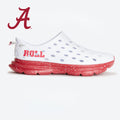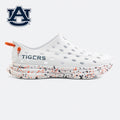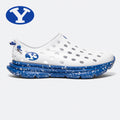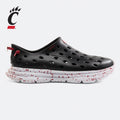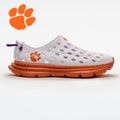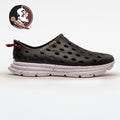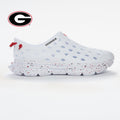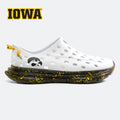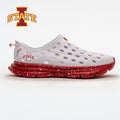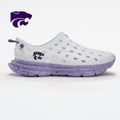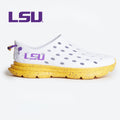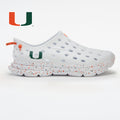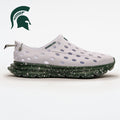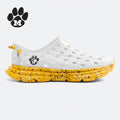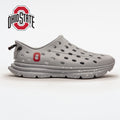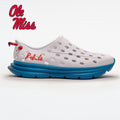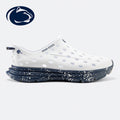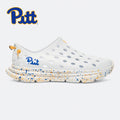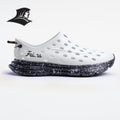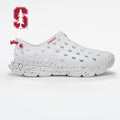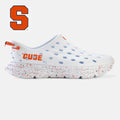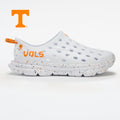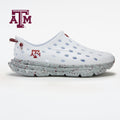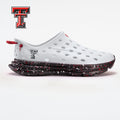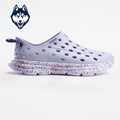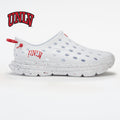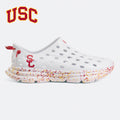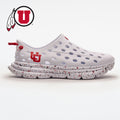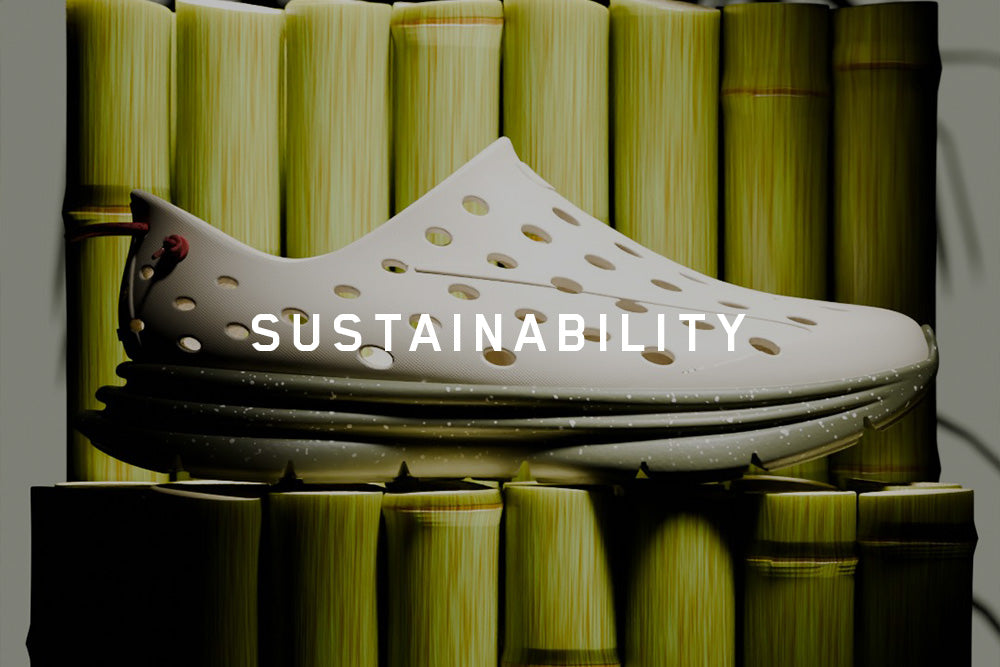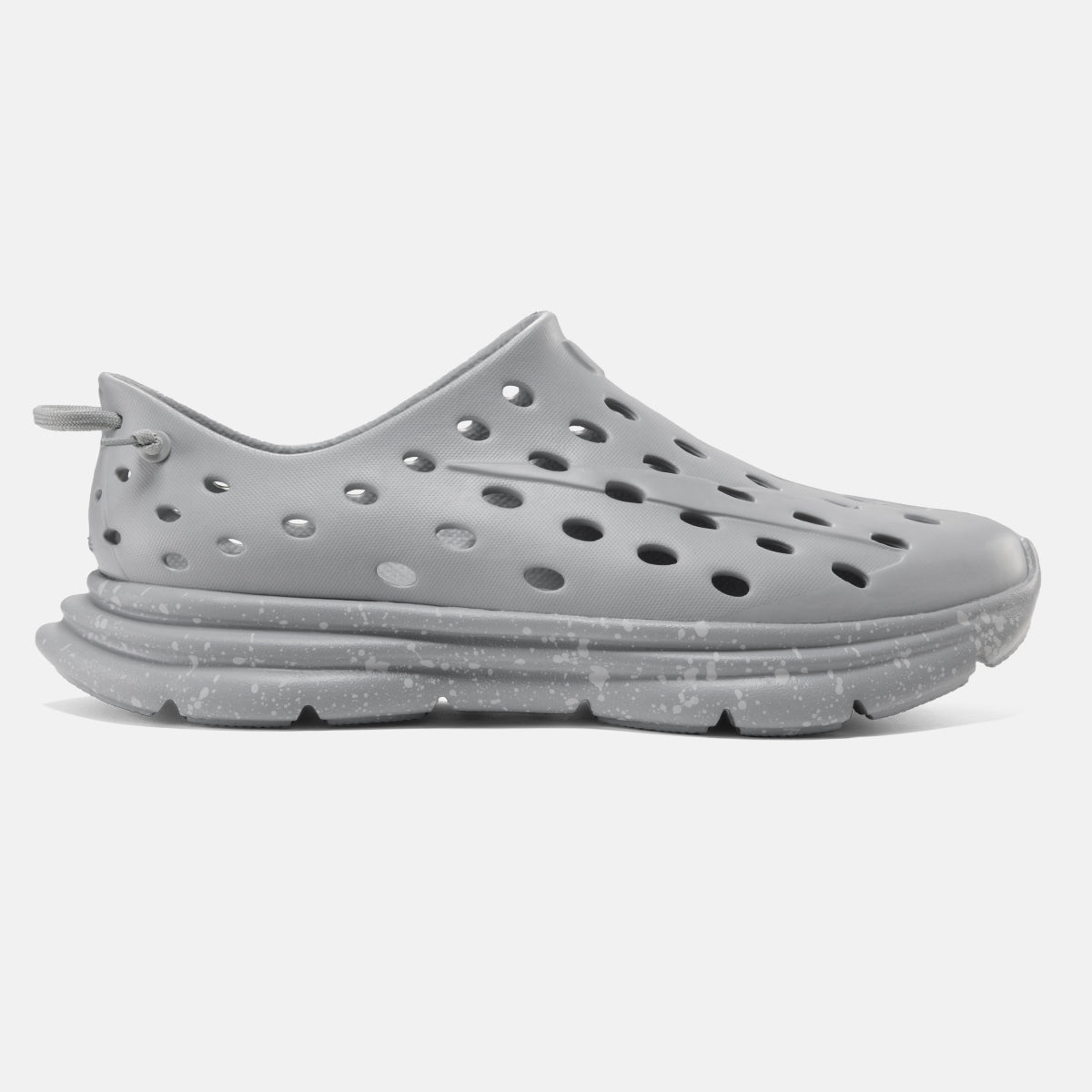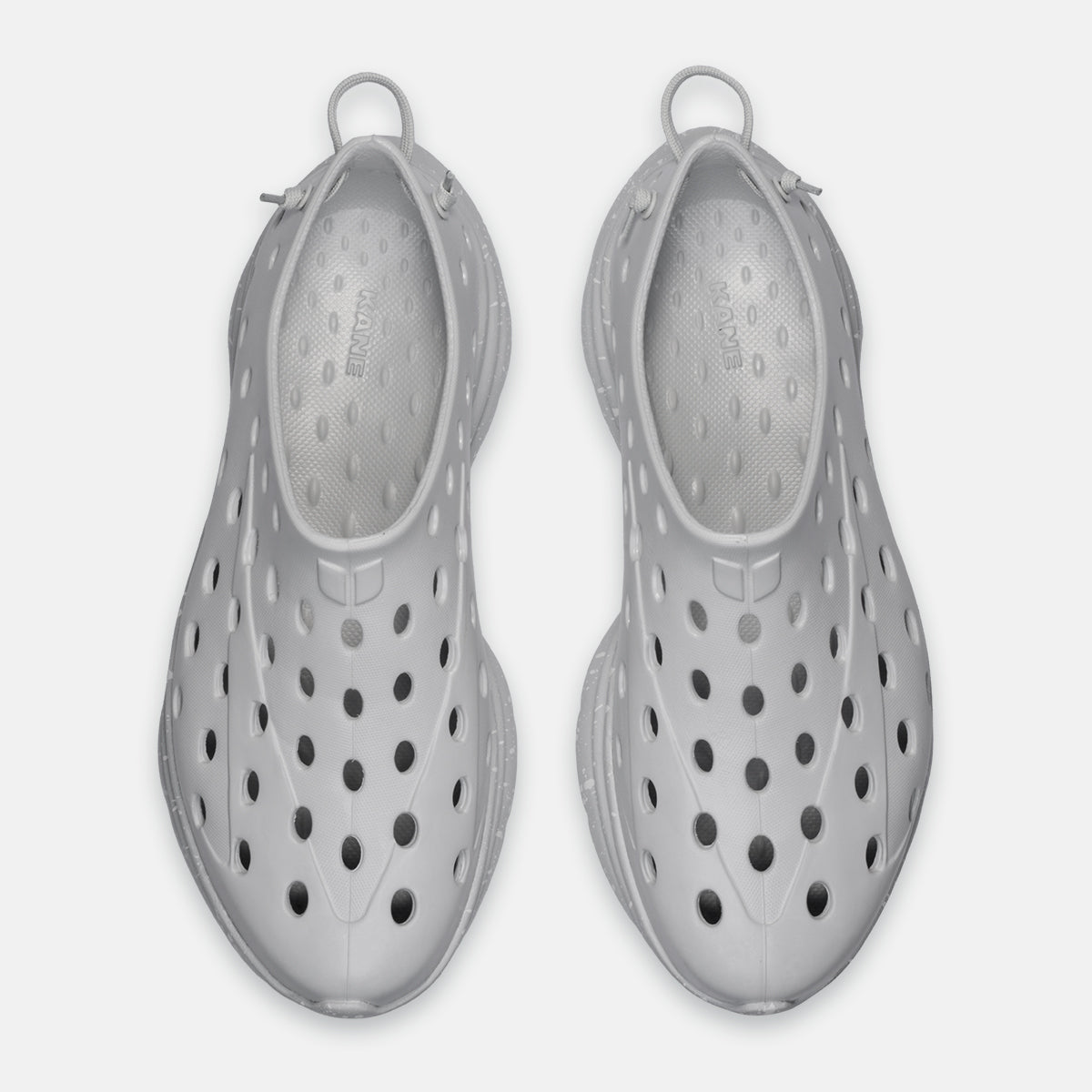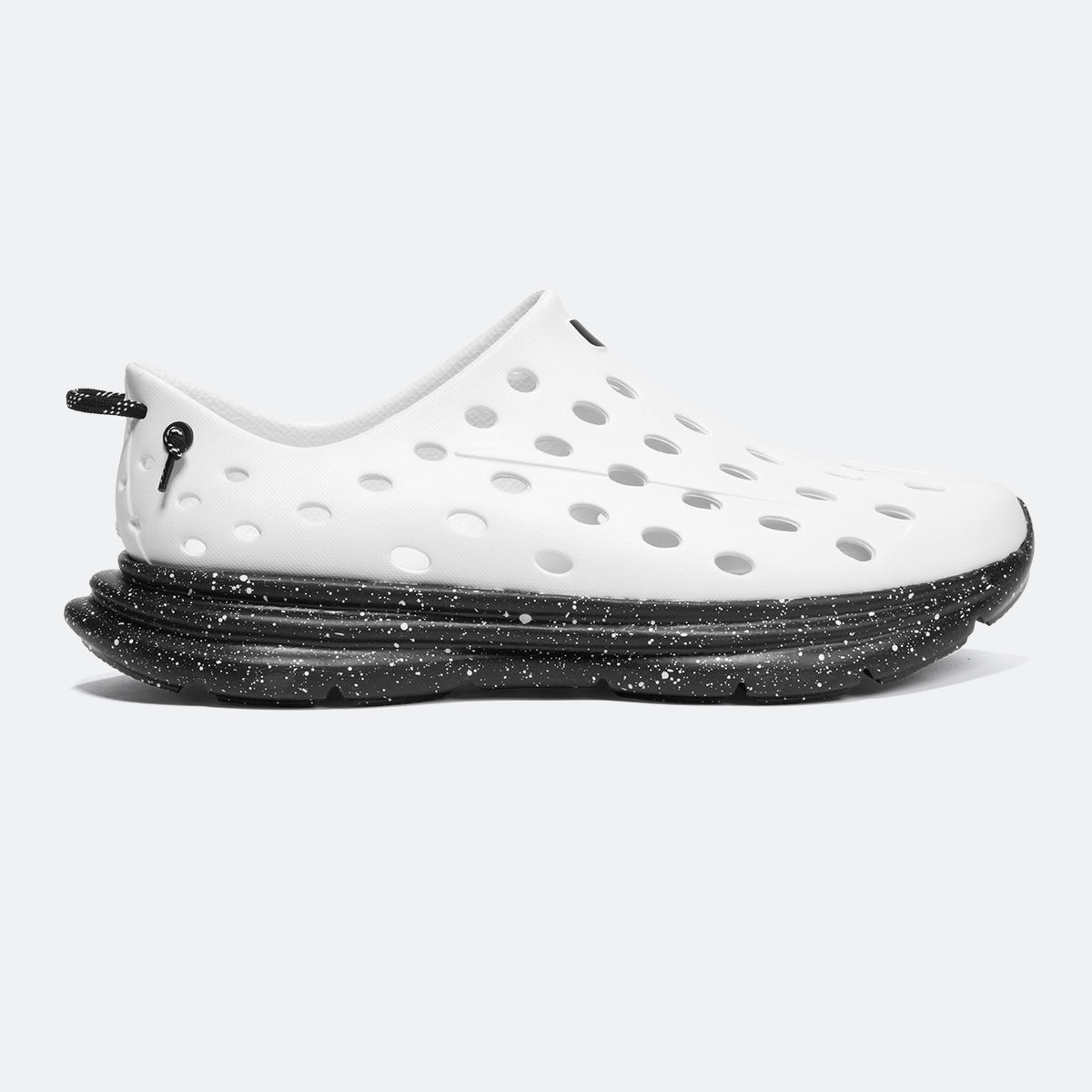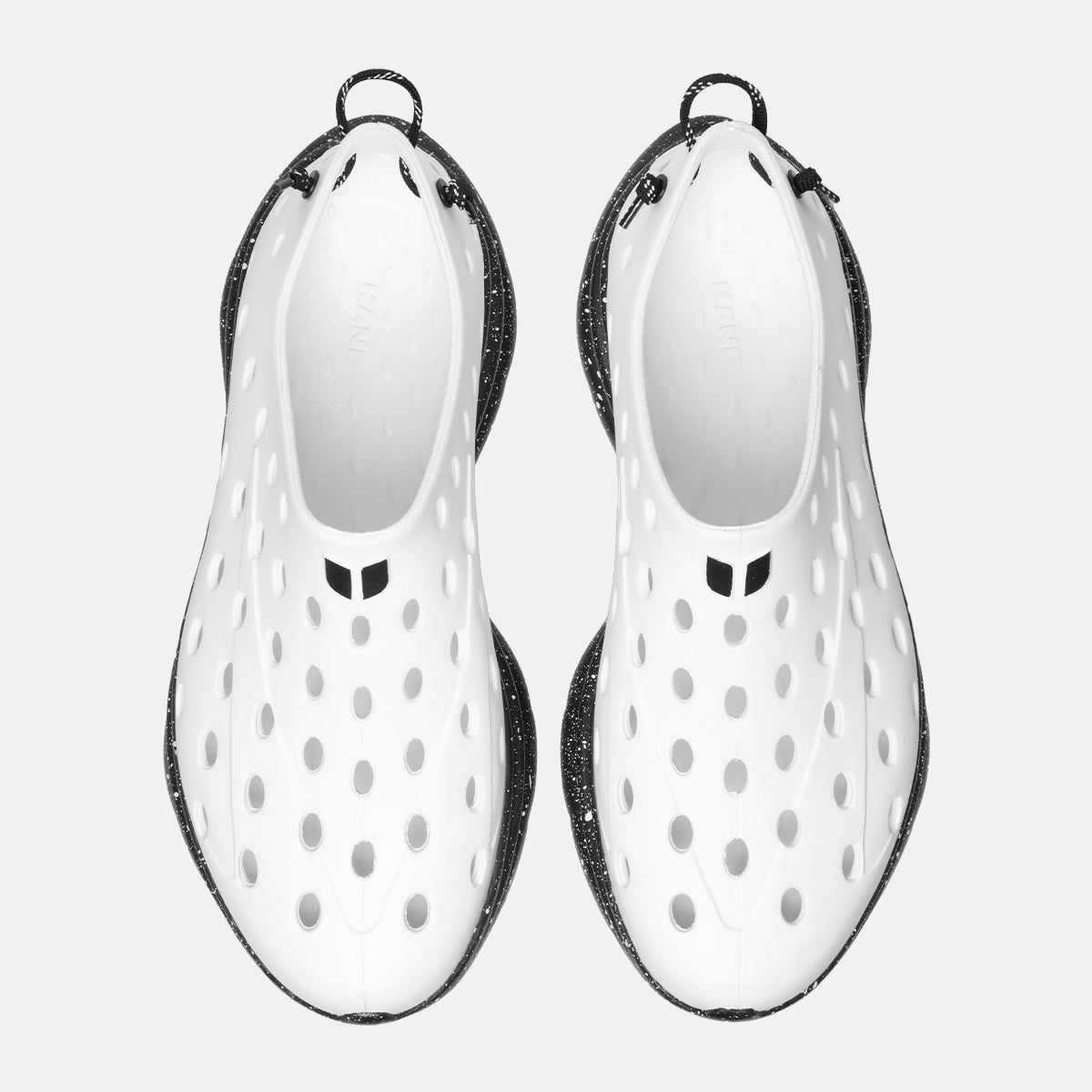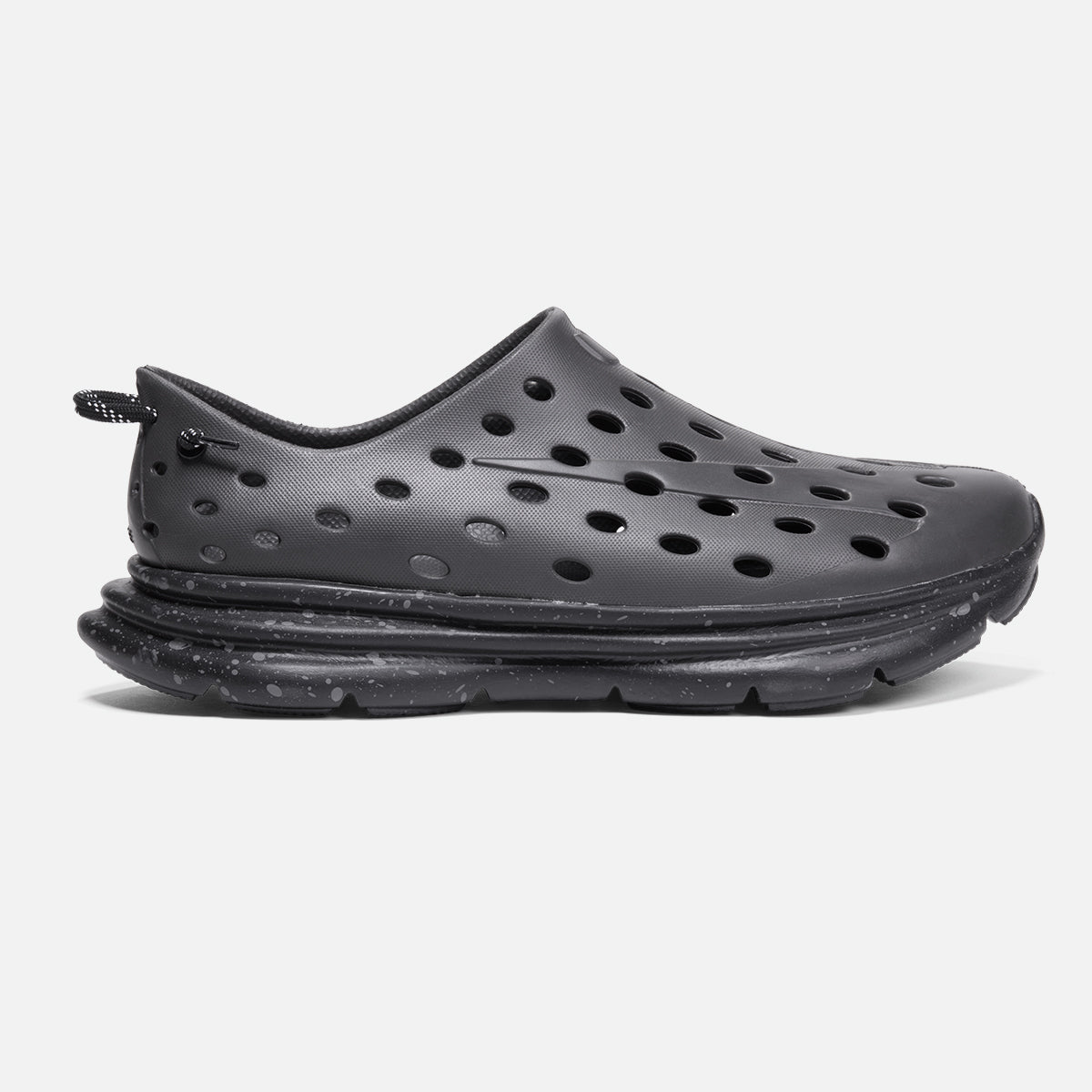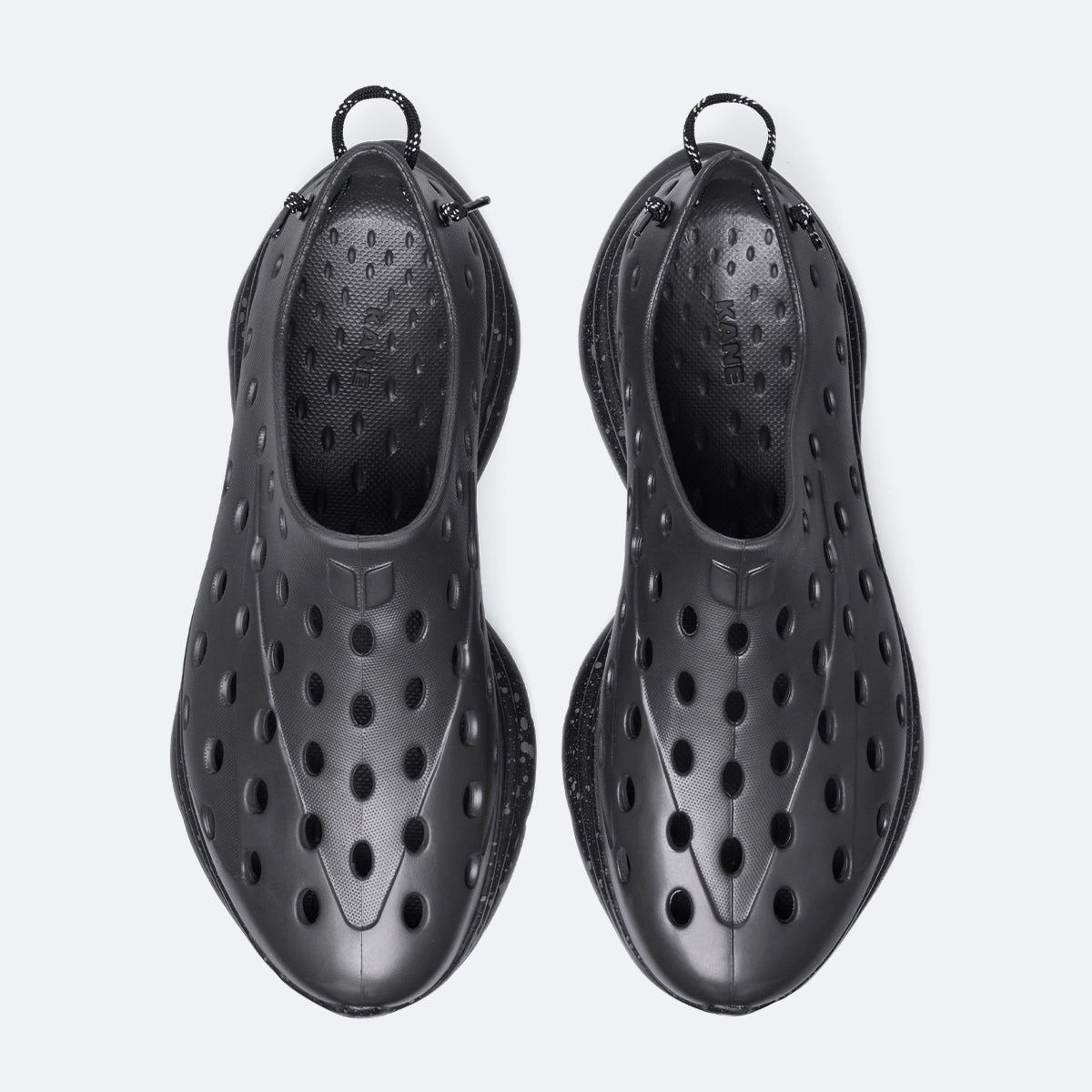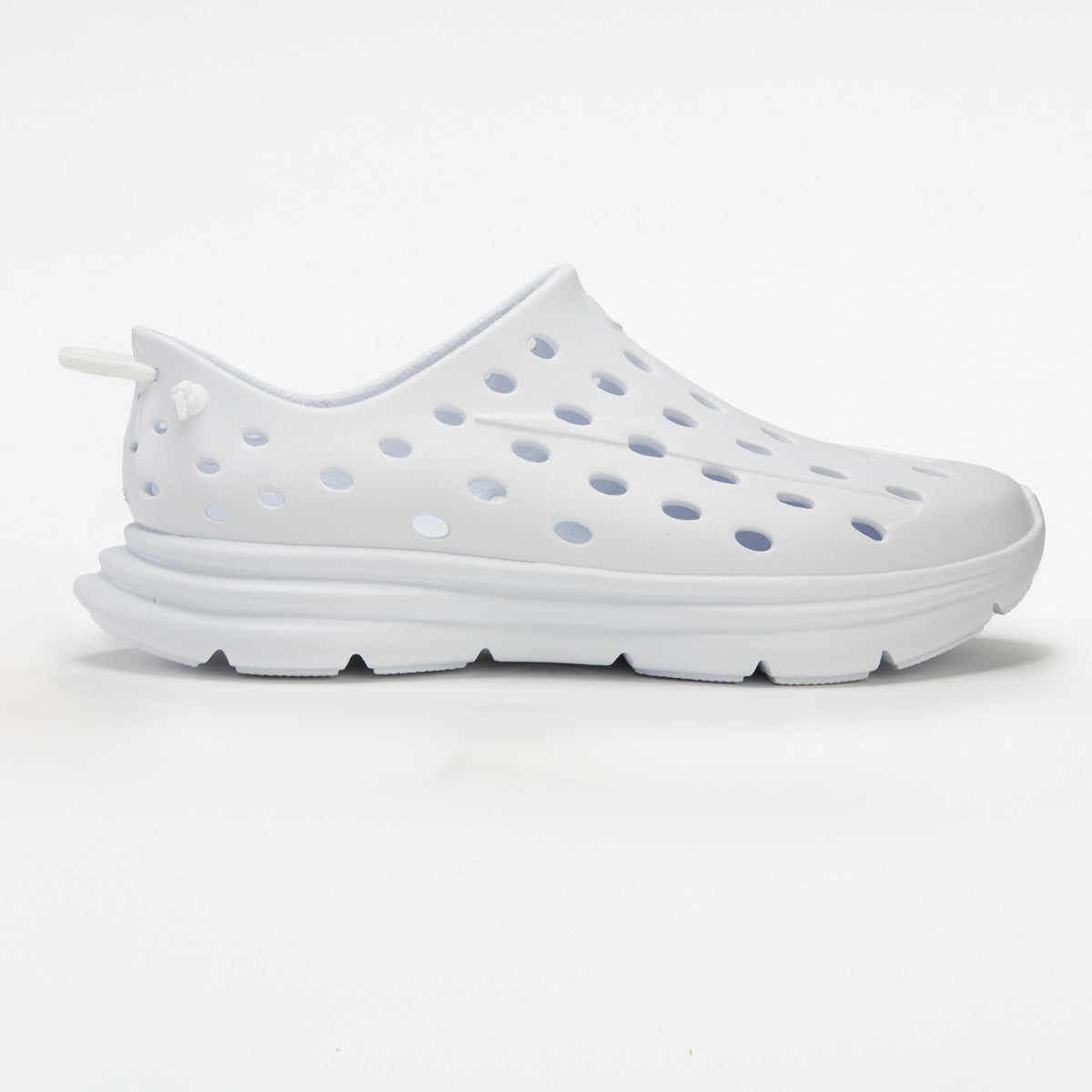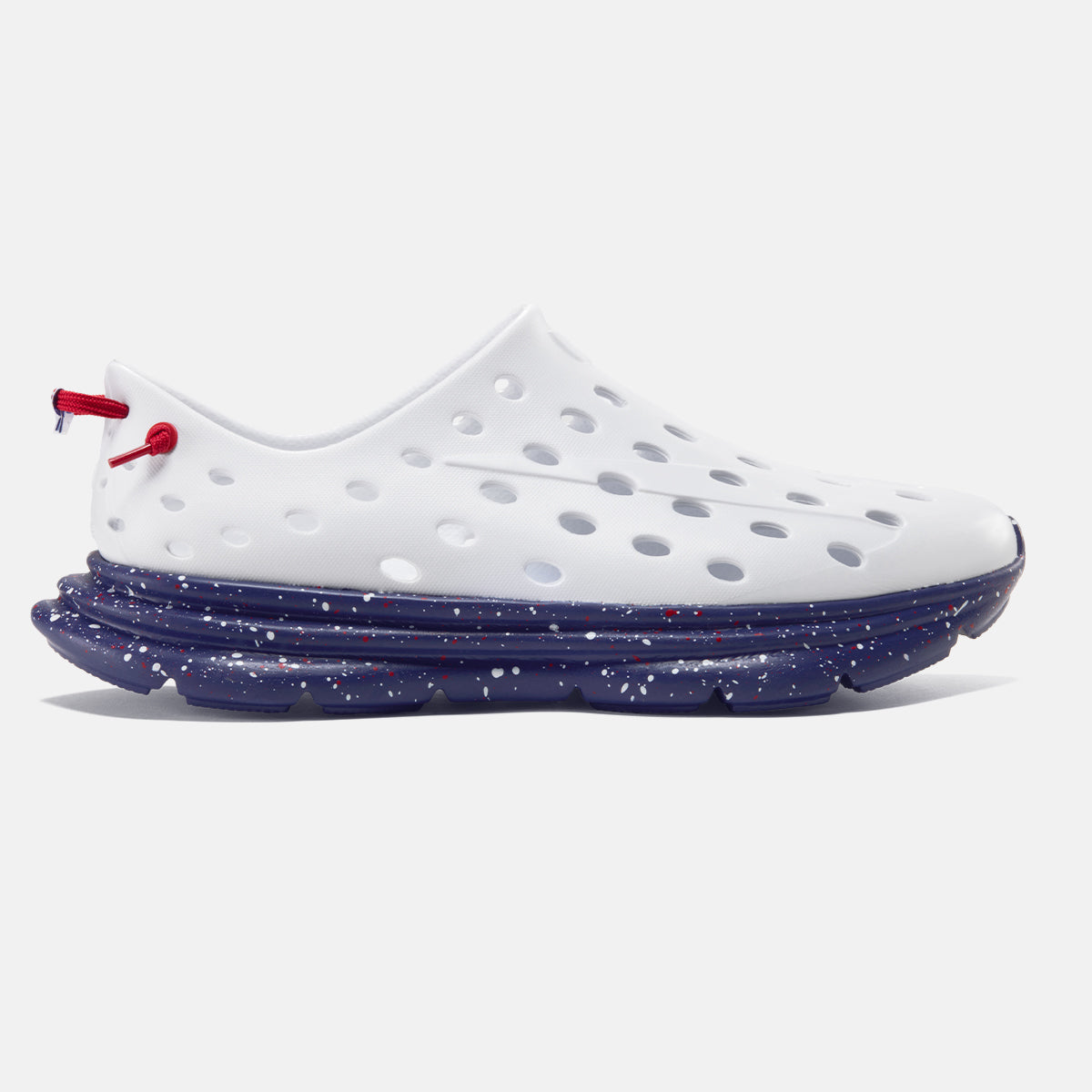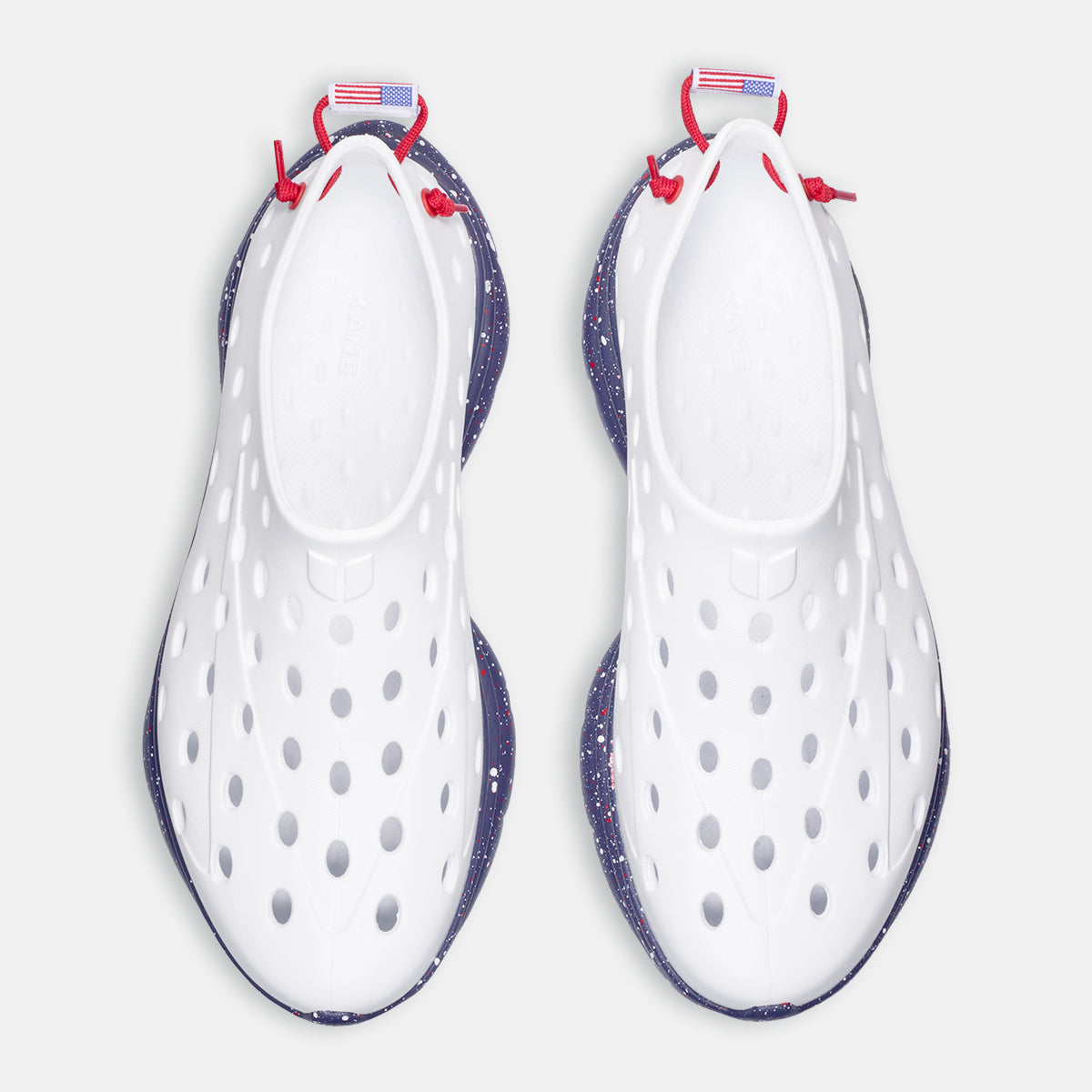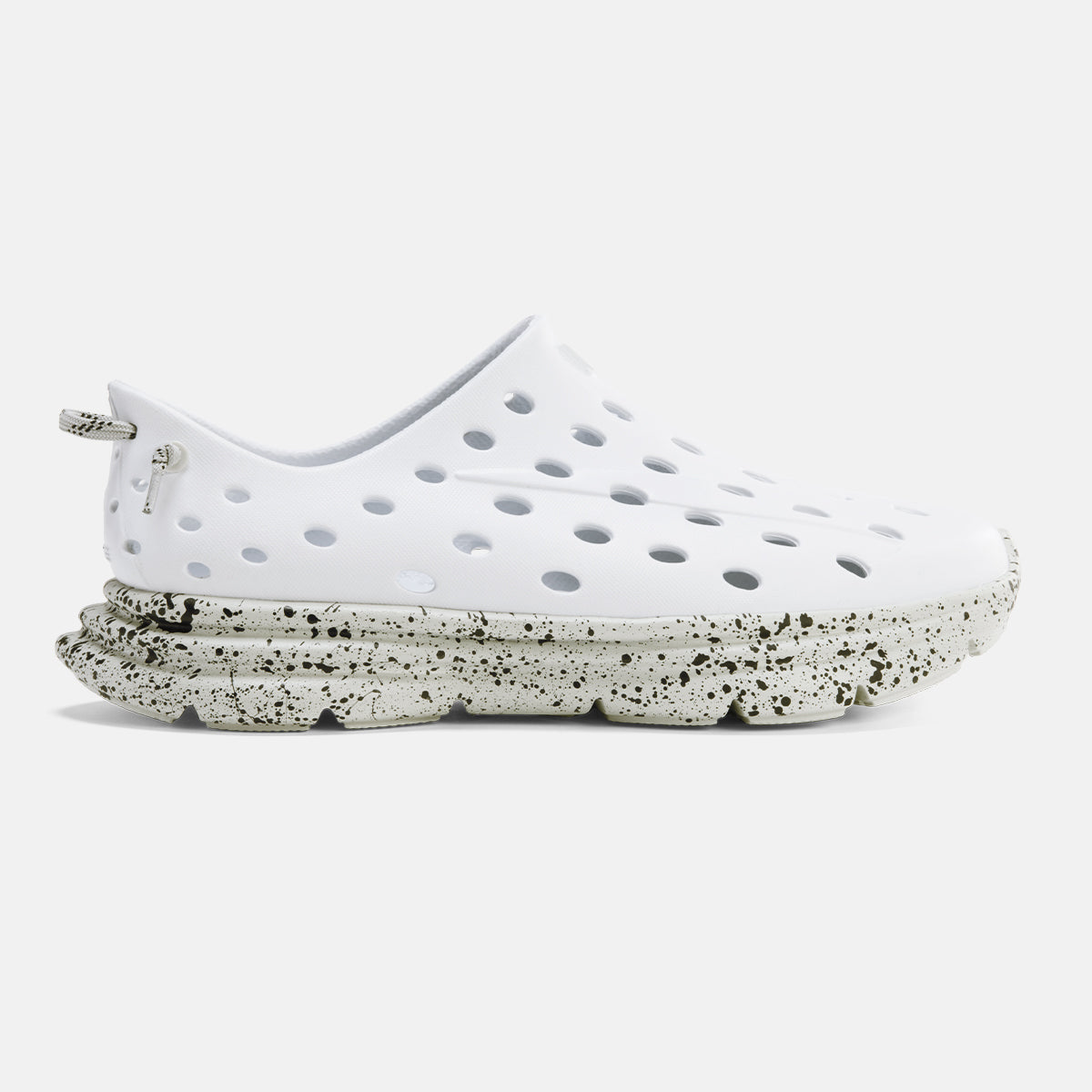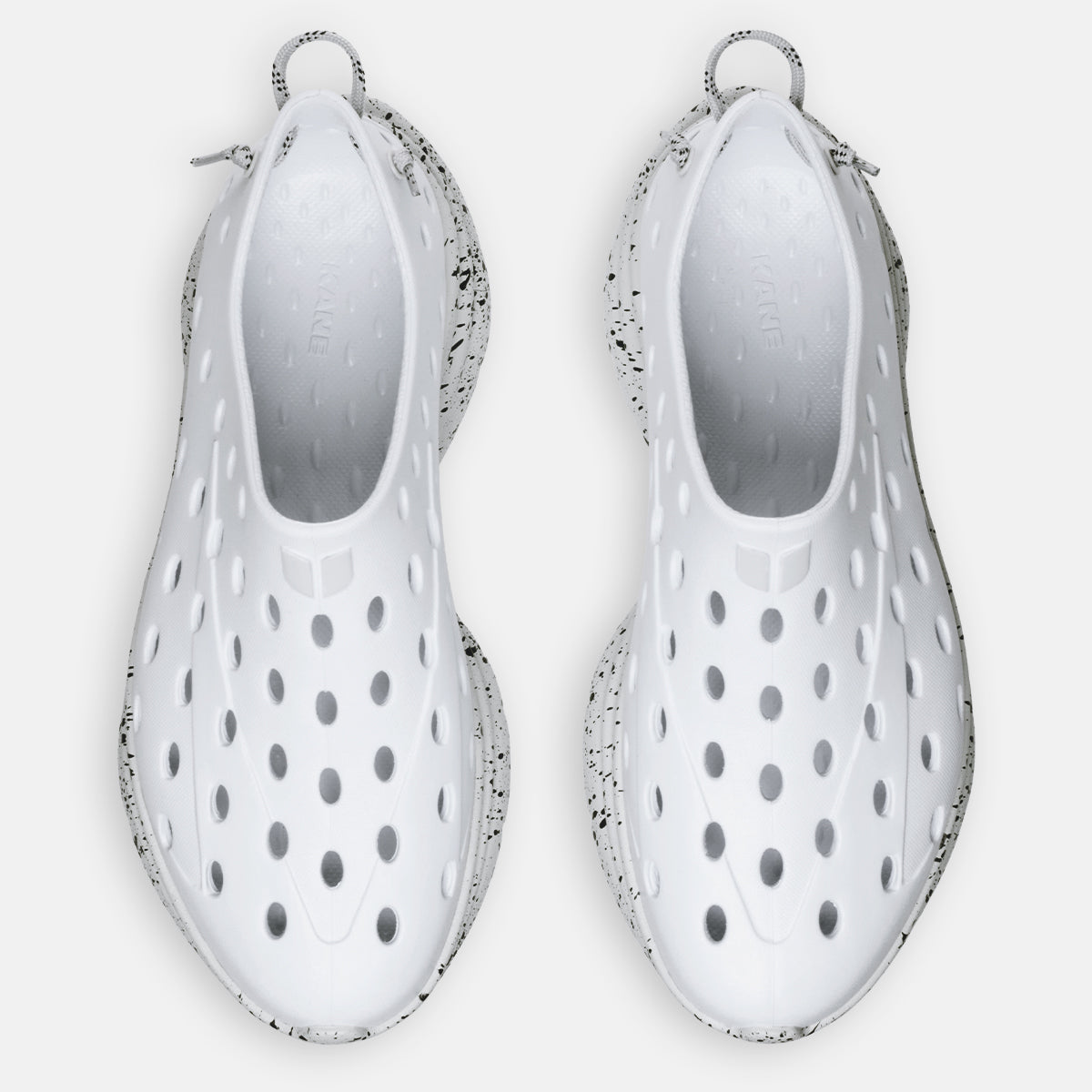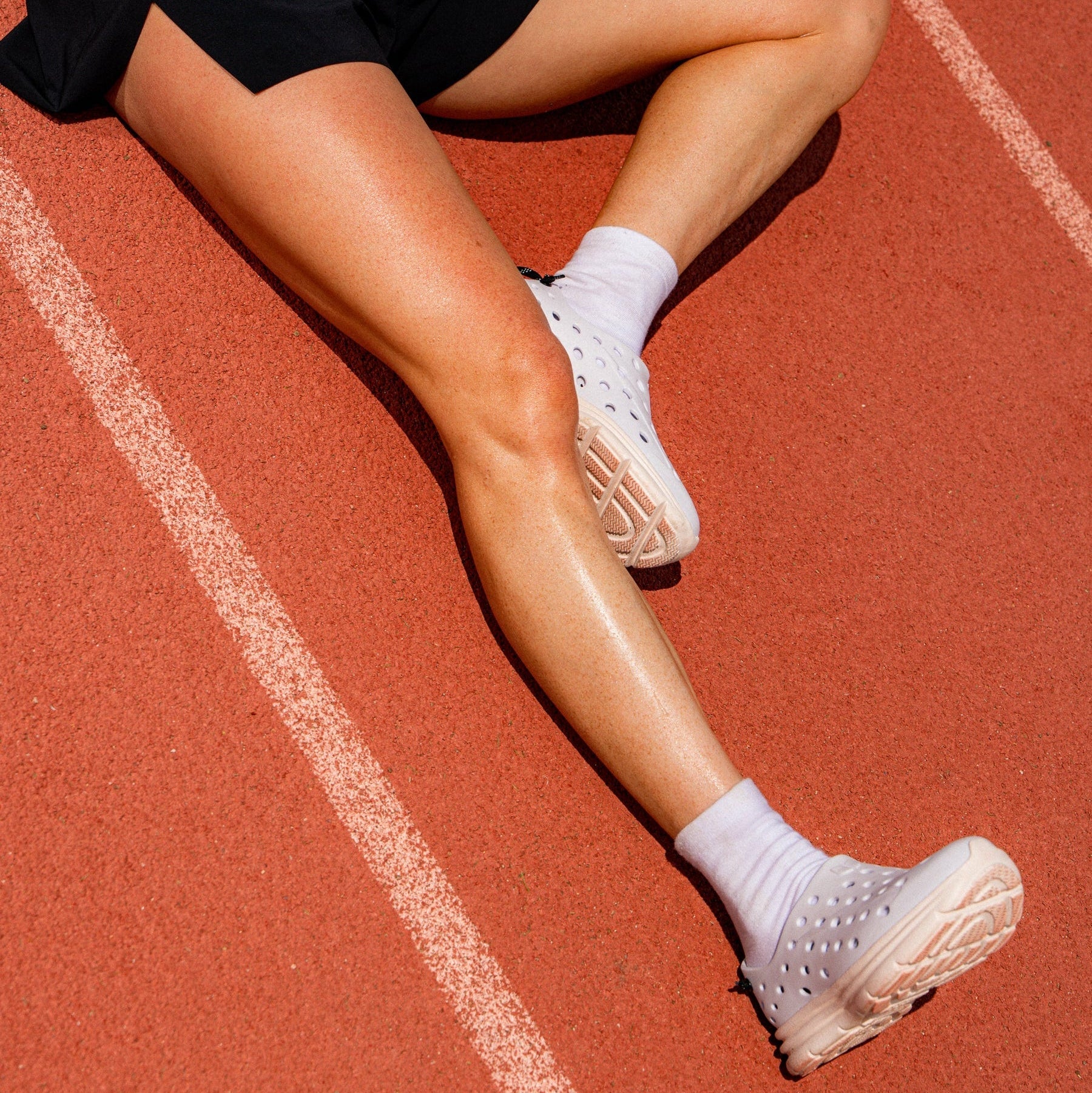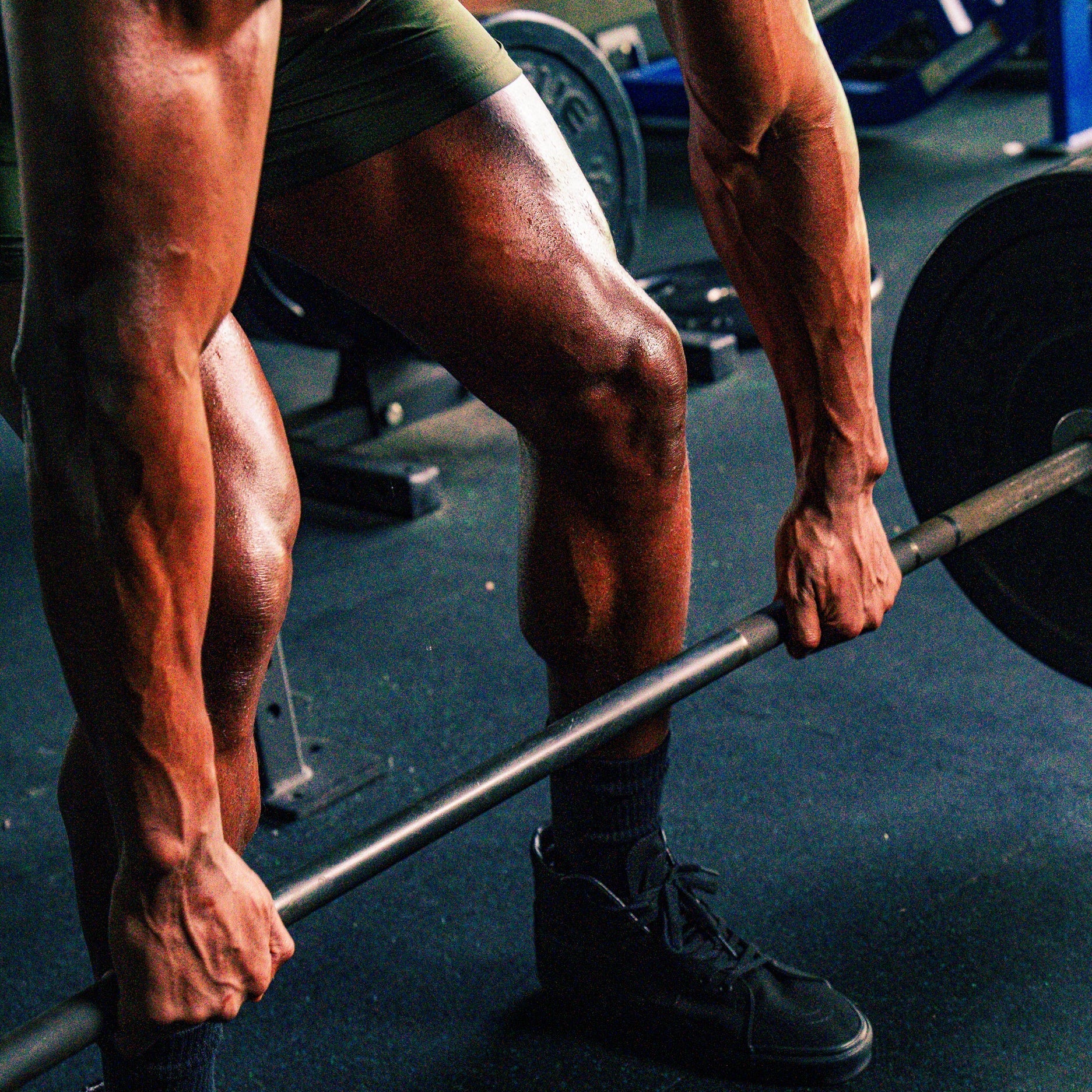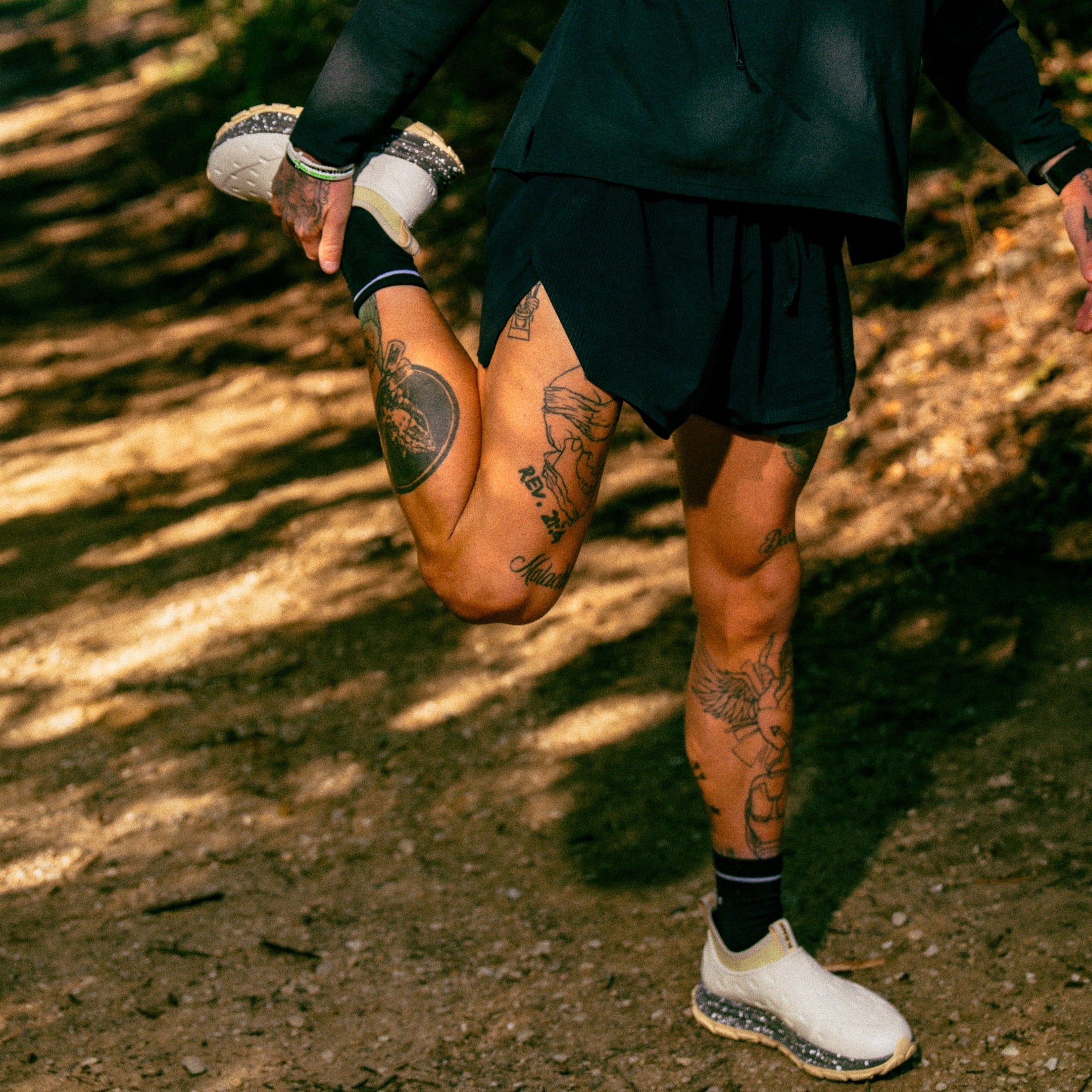Running is an excellent way to stay fit, but many people—whether new to the sport or seasoned athletes—experience sore legs after running. Understanding the causes behind leg pain and how to prevent and recover from muscle soreness can help keep runs enjoyable and pain-free.
Why do your legs get sore after running?
Soreness after running is common, but it's important to recognize why it happens. Several factors contribute to soreness, including muscle fatigue, inflammation, and microtears in leg muscles. The most common causes include:
- Delayed onset muscle soreness (DOMS): Muscle stiffness and tenderness that develop 24–48 hours post-run due to microscopic damage in muscle fibers.
- Repetitive stress on bone tissue: Running places significant stress on bone tissue, which can lead to shin splints and other overuse injuries.
- Muscle imbalances: Weak or tight muscles can lead to poor running mechanics, increasing the risk of muscle strain and discomfort.
- Inadequate stretching: Skipping dynamic stretches before running can leave muscles tight and more prone to injury.
Common causes of leg soreness after running
You might experience soreness after running for several reasons, and some of these factors are directly related to how you train and take care of your body. Identifying these factors can help you adjust your running routine and reduce the likelihood of injury.
Training and technique issues
- Overuse injuries: Increasing mileage or intensity too quickly can lead to common overuse injuries, such as runner's knee and stress fractures.
- Improper running form: Poor posture and incorrect foot strike put excess strain on leg muscles, leading to sore legs.
- Running on hard surfaces: Pavement and concrete cause higher repetitive impact forces than softer terrain, increasing the likelihood of muscle stiffness and leg soreness.
The impact of repetitive stress on bones
Running causes repetitive stress on bones, particularly the shinbone, which can lead to injuries like shin splints and stress fractures if not properly managed. Hard surfaces can increase the impact on your legs, but sudden changes in training, lack of recovery, and running form are more significant factors in causing these injuries.
Muscle imbalances and overuse injuries
Muscle imbalances occur when certain muscle groups are weaker or tighter than others. This can affect proper running form and make you more susceptible to muscle strain and injury. Common overuse injuries, like runner's knee and iliotibial band syndrome (ITBS), often stem from these imbalances. A careful approach to balancing strength training can prevent these issues and help you maintain proper form.
Optimizing your training regimen
Proper training is key to avoiding severe injury and keeping your legs feeling strong and healthy. Incorporate these strategies into your exercise routine:
- Gradual training progression: Increase mileage by no more than 10% per week to avoid repetitive stress injuries.
- Proper warm-up: Start with dynamic stretches to loosen tight muscles and prepare the body for movement.
- Strength training and cross-training: Incorporate cross-training activities like cycling and swimming to strengthen supporting muscles and reduce muscle strain.
- Rest days: Include adequate recovery time between runs to allow muscles to repair and rebuild.
By gradually increasing your mileage, focusing on recovery, and balancing intense workouts with lighter ones, you can prevent overtraining and help your body recover between runs. This will not only improve performance but also reduce the chance of injuries, muscle strain, or even more serious issues like stress fractures.
Investing in the right gear
Running shoes aren't a one-size-fits-all solution, so finding the pair that suits your foot type and running style is important. Shoes that provide the right amount of cushioning can help absorb impact and reduce strain on the shin bone and Achilles tendon. Inadequate footwear can lead to tight muscles, muscle tension, and conditions like plantar fasciitis, making recovery even more challenging.
Footwear and biomechanics
- Wearing the wrong running shoes: Not having the right running shoes for your foot type can lead to leg pain and conditions like plantar fasciitis due to poor support or fit.
- Flat feet or high arches: Your foot arch type can cause muscle imbalances, increasing the risk of discomfort and injury.
- Iliotibial band syndrome: This overuse injury causes pain along the outer thigh and is often linked to poor biomechanics.
How to prevent leg soreness after running
Preventing leg soreness starts with smart training, proper gear, and effective warm-ups. Incorporating the right strategies can keep soreness at bay and improve your performance over time.
Dynamic stretches that help decrease leg soreness after running
Incorporating dynamic stretches before your run is vital to reducing leg soreness. These stretches help prepare your muscles for the physical demands of running, increase blood circulation, and improve flexibility. Here are a few effective dynamic stretches:
- Leg swings: Stand next to a wall for support and swing one leg forward and backward in a controlled motion. This dynamic stretch helps loosen the hip flexors and hamstrings.
- Lunges with a twist: Step forward into a lunge position and rotate your torso towards the leg that's in front. This move engages the hips, glutes, and core muscles.
- High knees: While marching in place, lift each knee as high as possible toward your chest. This motion stretches the hip flexors and gets the blood flowing to the quads.
- Butt kicks: While jogging in place, kick your heels toward your glutes. This dynamic stretch warms up the hamstrings and improves mobility in the lower legs.
These stretches not only prepare your muscles for the run but also help reduce tight muscles that could contribute to muscle strain and soreness post-run.
Recovery strategies for sore legs after running
Active recovery refers to low-intensity activities promoting muscle healing without additional strain. When you feel pain or soreness, give your body the time and tools to repair and recover properly.
Active recovery and self-care
- Foam rolling: This self-myofascial release technique can help reduce muscle tightness and improve circulation, speeding up recovery. Regular foam rolling decreases muscle stiffness and can help prevent injuries like shin splints by alleviating strain on lower leg muscles.
- Apply ice packs and heat therapy: Ice can help reduce swelling and numb pain in affected areas. Heat is excellent for relaxing tight muscles and improving flexibility. Alternating between ice and heat can help manage both pain and swelling effectively.
- Compression gear and elevation: Compression socks or sleeves can improve blood flow and reduce inflammation while elevating your legs can further help by reducing swelling.
- Rest days: Giving your muscles time to heal is crucial in preventing more serious injury. Rest allows muscles to recover and rebuild, especially after strenuous runs.
By incorporating recovery into your running routine, you can keep blood flow circulating to sore muscles, which accelerates healing and helps prevent turning minor aches into serious injuries.
The importance of proper footwear in recovery
While running shoes are crucial during your workout, what you put on your feet after a run can be just as important for recovery. Your feet and legs continue to need support even after you've finished exercising, especially when muscles are fatigued and inflammation is at its peak. Recovery footwear provides cushioning, support, and comfort to reduce strain on already taxed muscles and joints.
Unlike regular casual shoes, specialized recovery footwear is designed with features that promote healing—including enhanced arch support and shock absorption. These elements work together to reduce muscle tension and provide comfort to sore feet and legs while your body repairs itself. For runners dealing with recurring soreness or those looking to optimize their recovery routine, the right post-run footwear can help you bounce back more effectively between training sessions.
Discover Kane Recovery Shoes!
Kane's recovery shoes provide excellent support, comfort, and durability for those in need of top-notch recuperative footwear. Featuring an adjustable hook-and-loop single-strap synthetic upper, plush TPR footbed, and durable injected EVA outsole, these kicks come with all the right features to assist you during your rehabilitation journey.
Aside from providing quality products, they are also committed to sustainability. They have become a Certified B Corporation while dedicating 1% of their overall profits to environmental charities.
When and how to wear Kane Revive
The best moment to wear most recovery shoes is directly after a strenuous activity such as running or exercising. This helps minimize inflammation and launch the healing process. To guarantee maximum comfort and effective recuperation, make sure that you are wearing your footwear correctly by tying up laces securely for a snug fit around your feet.
When to seek medical attention
Leg pain can sometimes signify something more serious, especially if the discomfort doesn't subside with rest or home remedies.
Signs of more serious injuries
- Sharp pain that doesn't improve with rest or ice packs, which may indicate an Achilles tendon injury or other injuries, such as runner's knee.
- Persistent swelling that doesn't improve despite ice and rest, which could signal a deeper problem, such as an issue with bone tissue or ligament damage.
- Difficulty walking or if the pain interferes with daily activities, which may require immediate attention from a physical therapist or medical professional to diagnose and treat the injury.
If you experience these warning signs, seek professional care to avoid further damage and ensure proper treatment is best. A healthcare professional can assess your condition, provide physical therapy or personalized rehabilitation exercises, and help you get back on track.
Key takeaways: Run smarter, recover better
Experiencing sore legs after running is common, but taking steps to prevent and recover can keep you moving comfortably. Prioritize proper training, incorporate recovery techniques like foam rolling, and invest in the right running shoes to significantly improve long-term performance and injury prevention. Listen to your body, rest when needed, and enjoy running pain-free.
Frequently asked questions
Is it OK to run on sore legs?
Running on sore legs can be manageable if the soreness is mild to moderate, such as DOMS from previous workouts. Low-intensity activities like walking or light jogging may aid recovery by promoting blood flow. However, running through severe soreness or sharp pain—especially if accompanied by swelling or altered gait—can worsen injuries like muscle strains or shin splints. Try active recovery methods like stretching, foam rolling, and cross-training to alleviate discomfort. Always listen to your body and prioritize rest when needed to avoid long-term setbacks.
How do I stop my legs from hurting after running?
To prevent leg pain after running, follow these key strategies:
- Warm-up: Use dynamic stretches to boost blood circulation and prepare your muscles.
- Recovery: Apply techniques like foam rolling, ice baths, or ice packs to reduce swelling and promote muscle repair. Include rest days for recovery.
- Nutrition: Stay hydrated, replenish electrolytes, and consume protein for muscle repair.
- Footwear: Wear suitable running shoes to prevent strain.
- Consultation: If pain persists, consult a healthcare professional to address any biomechanical issues.
How long does leg soreness last after running?
Leg soreness after running, often due to DOMS, typically peaks 24–72 hours post-run and resolves within three to five days. Persistent or worsening pain may indicate a more serious issue. Recovery methods like rest, foam rolling, light exercise, and ice can help manage soreness. If discomfort continues, consult a healthcare professional.
What is runner's leg syndrome?
"Runner's leg syndrome" is an informal term for common running injuries, such as iliotibial band syndrome, shin splints, stress fractures, Achilles tendonitis, and runner's knee. These conditions often result from overuse, poor biomechanics, or training errors.
Preventing them involves proper warm-ups, gradual training, stretching, strengthening, and suitable footwear. A healthcare professional should evaluate persistent pain to address underlying issues.
How do hydration and nutrition affect leg soreness after running?
Hydration and nutrition play crucial roles in managing leg soreness after running. Dehydration can worsen muscle cramps and delay recovery, while proper hydration helps flush out waste products from muscle breakdown. Aim to drink water before, during, and after runs to maintain optimal muscle function.
Nutritionally, protein intake is essential for muscle repair, with experts recommending 15–25 grams of protein within 30–45 minutes post-run to start the recovery process. Consuming anti-inflammatory foods rich in omega-3 fatty acids (like salmon or walnuts) and antioxidants (found in colorful fruits and vegetables) can help reduce inflammation and muscle soreness.
Electrolytes like potassium, magnesium, and sodium prevent muscle cramping and support proper muscle contraction. Replenishing these through foods or sports drinks can significantly impact how your legs feel after running, especially after long or intense sessions in hot weather when electrolyte loss through sweat is substantial.
No content on this site should ever be used as a substitute for direct medical advice from your doctor or other qualified clinicians.




